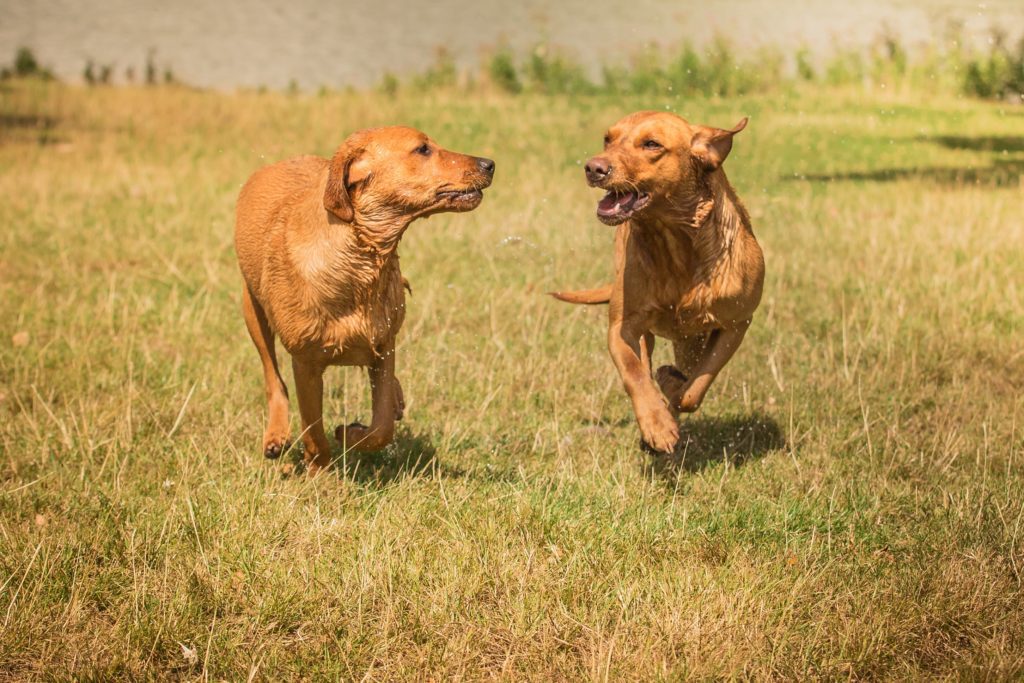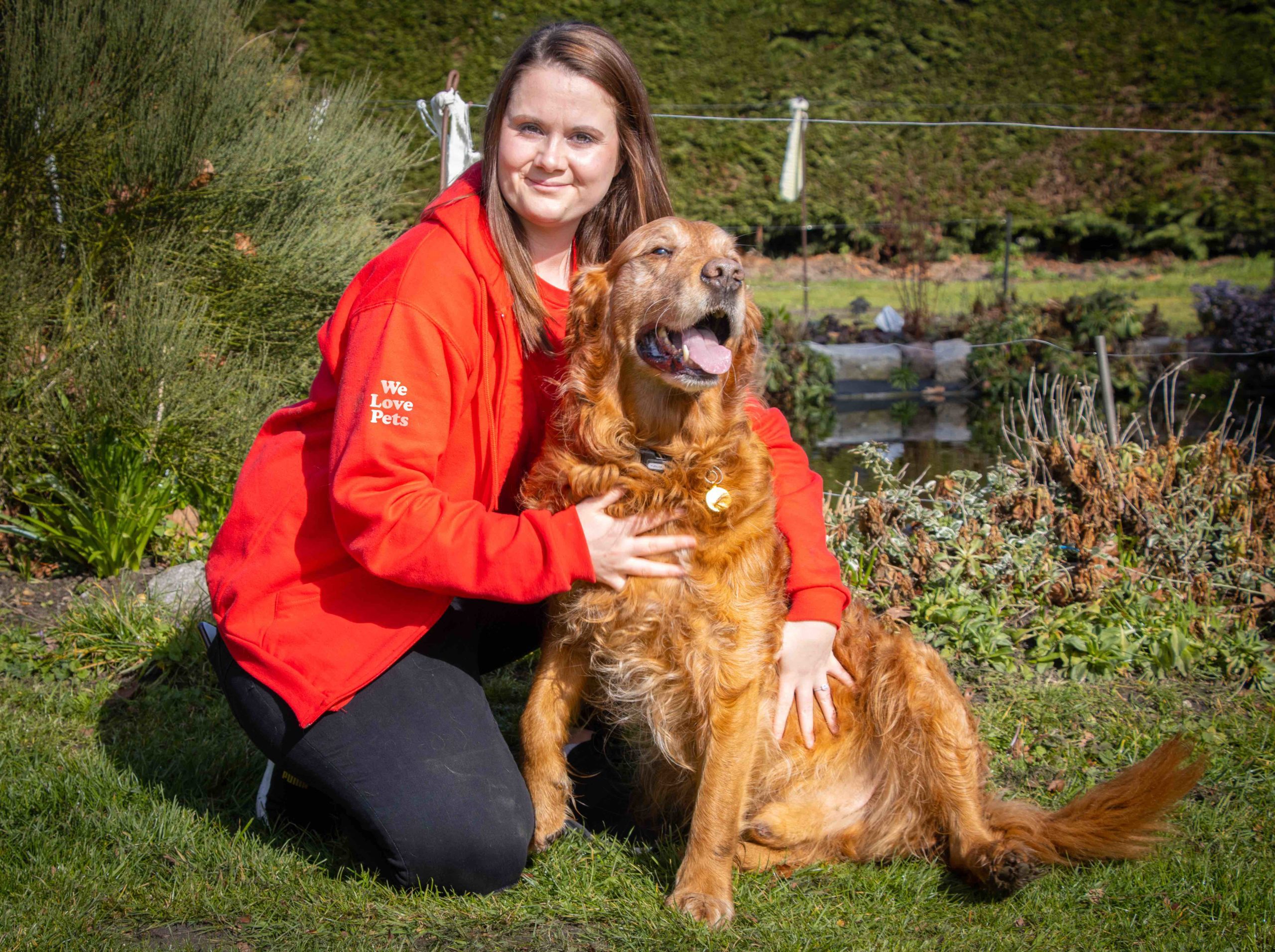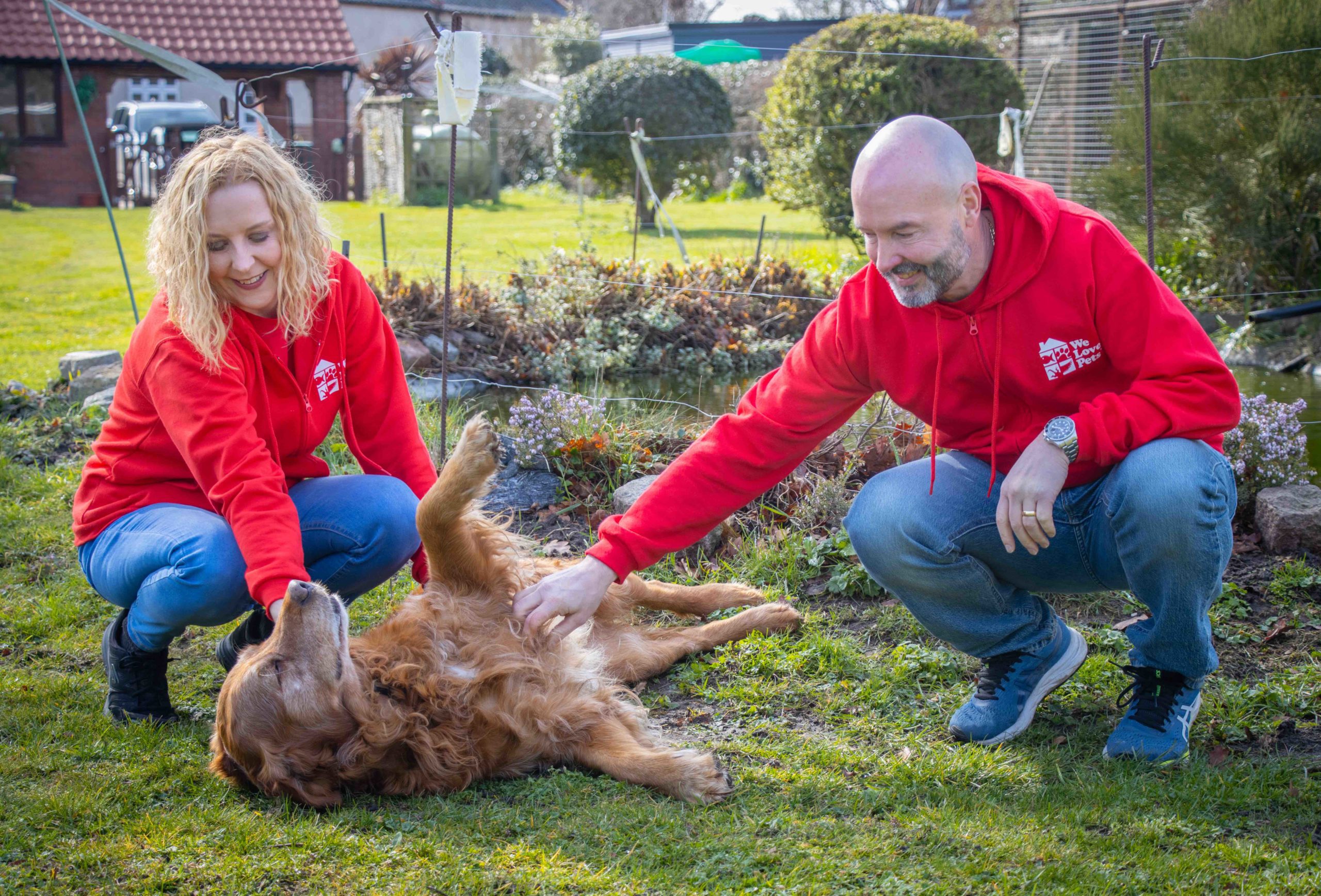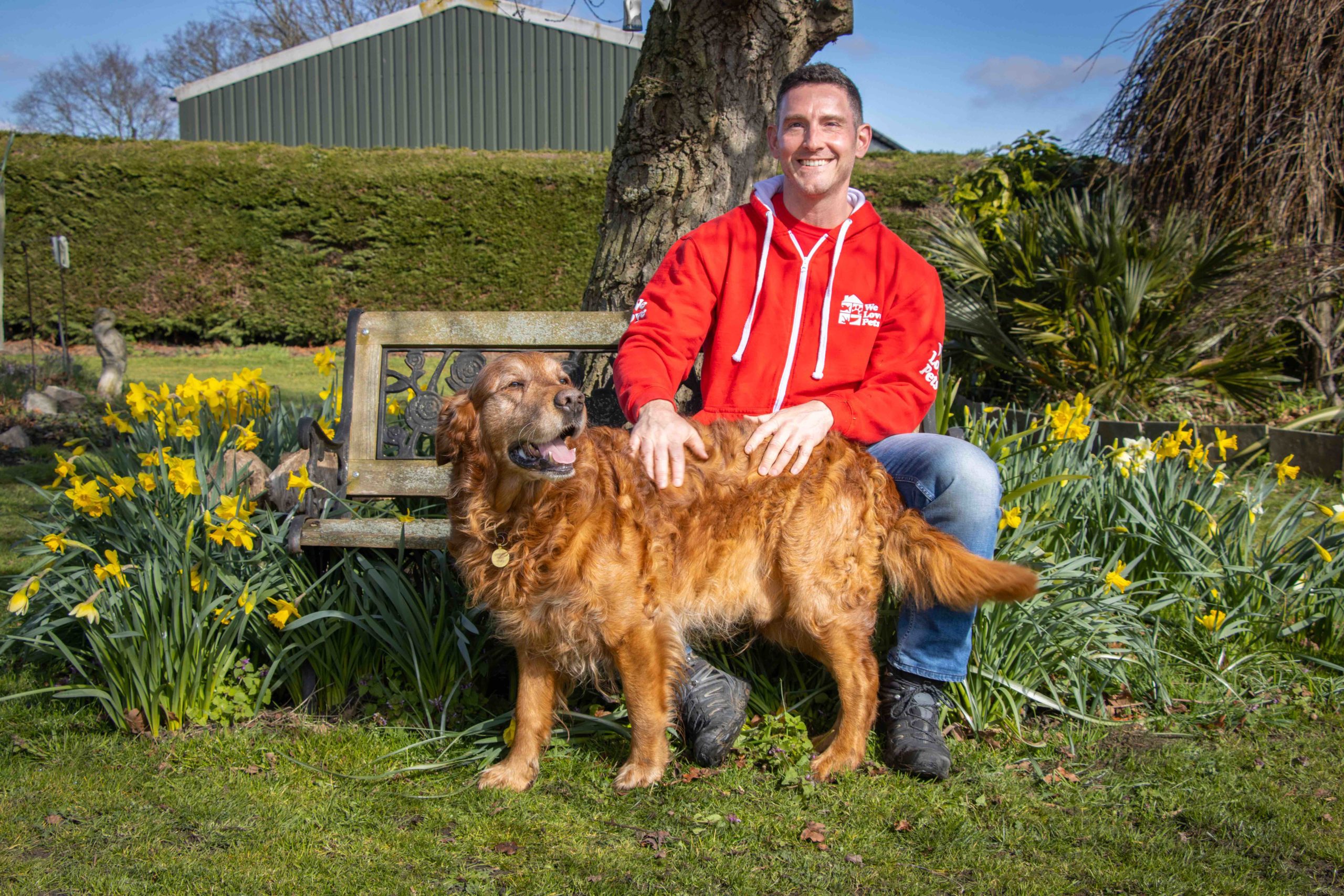Statistics show that one in three pets go missing at some point in their lives but at least 90% with identification make it home.
From April 2016 a law was brought in making it compulsory for all dogs, from 8 weeks old, to be microchipped. This helps increase the likelihood of a missing dog being reunited with its owner.
In order for the microchip to be of any use in reuniting pet and owner make sure the details (your address and phone number) linked to the microchip are up to date.
Often this is something that gets completely forgotten about when owners move house. If you think that the dog is now in an unfamiliar area it is actually more likely to get itself lost and go missing!
It’s really easy to update your details, contact the microchip company which the chip is logged with either by phone or via their website and provide your updated details.
You will need to know the microchip number to be able to do this and there is normally a small administration fee.
All dogs must have a collar with a tag
The Control of Dogs Order 1992 stipulates that any dog in a public place must wear a collar with a tag. There is a fine of up to £5000 for not doing this.

The tag should state the name and
address, including the postcode, of the owner. The telephone number is optional but why wouldn’t you have that on there as well?!
It is recommended not to put the dog’s name on the tag because this helps potential dog thieves. By knowing the dog’s name it can give the impression to others that the dog is known to the thief, because the dog will respond.
Interestingly there are some dogs that are excluded from having to wear an identification tag in a public place. They are as follows:
- Any dog registered with the Guide Dogs for the Blind Association.
- Any dog while being used in emergency rescue work.
- Any dog while being used on official duties by a member of Her Majesty’s Armed Forces, HM Customs and Excise or the police.
- Any dog while being used for driving or tending cattle or sheep.
- Any dog while being used for the capture or destruction of vermin.
- Any dog while being used for sporting purposes.
- Any pack of hounds.
To help reduce the risk of losing your dog it is best to avoid the following;
- Leaving your dog in the garden without making sure the garden is secure. Ensure the gates are locked and not just closed.
- Leaving your dog in the garden while you are away from home.
- Tying your dog up outside the shop. This is asking for it to be taken!
- Leaving your dog in an unlocked parked car.
1 in 5 dogs’ go missing
1 in 5 dogs actually go missing after being scared off by a loud noise such as thunder or fireworks. As we approach further into autumn we need to be prepared in knowing what celebrations may be planned in our area. This may mean walking our dogs at different times of the day to normal to avoid being out when a bonfire night is about to start. It may be sensible to walk a dog on the lead if it is necessary to walk early evening over firework season.
What to do if it happens
If the unfortunate event does happen there are a number of things you can do to help increase the likelihood of a safe return home:
- Phone local vets, police (if you think the dog was stolen), dog warden and local rescue centres.
- Inform the microchip company.
- Keep some good, clear up to date photos of your dog so that they can be distributed, put in ‘Lost’ posters. Laminated posters are best so that they do not get ruined when outside in the elements (always remember to remove them when your dog is safely home).
- If your pet is insured check your insurance policy to see if the company offer financial or practical help.
- Use photos in a social media campaign.
- Use photos with organisations such as The National Pet Register who provide free to use databases for pet owners who have either lost or found a pet.
- Do online searches fitting your pet’s description. If your dog was stolen is someone trying to sell him/ her?
- Speak to neighbours so that they can check their own gardens, shed, garages in case your dog has wandered in and become trapped. It is likely if in a shed or garage the dog would be barking.
- If you’ve recently moved house is it possible if you have not moved far that your dog has gone back to the old place? Worth checking and informing your old neighbours.
- Perhaps change the voicemail message on your phone to give instructions to anyone that phones because they have found your dog and you have been unable to answer the phone at the time.
- Make sure if you are away from home (i.e. out searching/ at work) while your pet is missing that they have access to be able to get back into your garden should they return on their own accord. Having someone at the house at all times if practical for at least the first few days might be wise or someone that can return to the house regularly through the day.
- Work out areas you want to search in a logical pattern. If the dog is nervous it is best to avoid involving too many people in the search as this is likely to scare the dog away rather than encouraging them to come out of hiding.
- If the dog lives with another dog in the household take that dog out on searches so that a familiar fresh scent can be laid that the lost dog recognises and can follow.
- If more than a couple of days passes you will need to think about widening the search and possibly going out at different times of the day.
- When calling out your dog’s name give them a chance to respond. Stop and listen for a reply before moving on.
Sophie, Branch Owner Stroud and Tetbury




